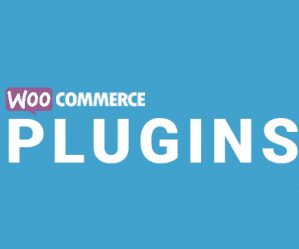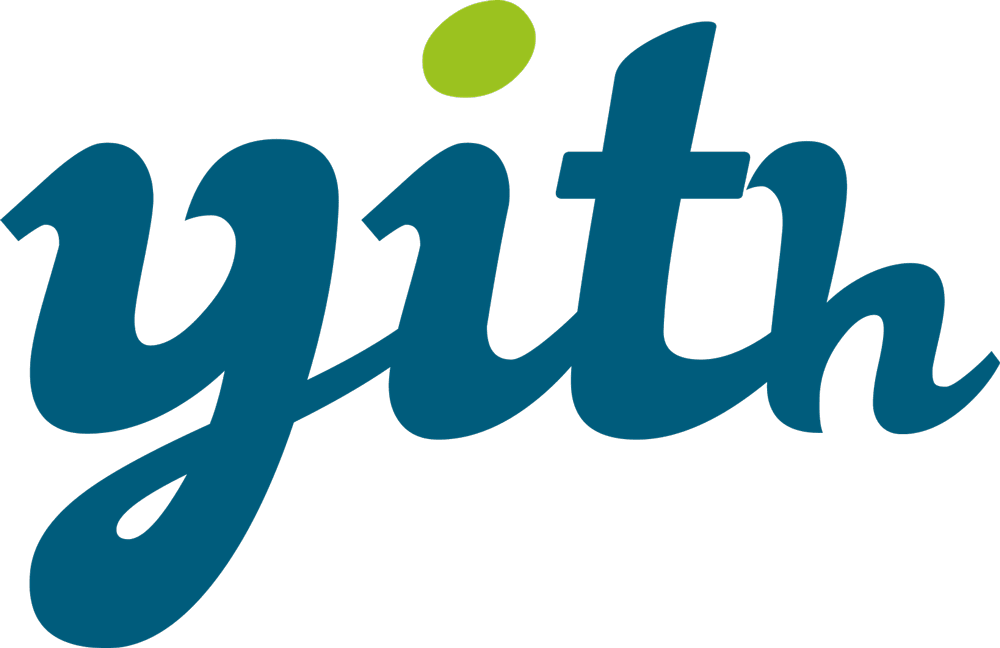WordPress Website Speed Optimization in Easy Steps

WordPress has been a popular name in ecommerce business for quite a few years now. It is one of the topmost CMS or Content Management System platforms that power many websites, blogs and electronic commerce stores today. Despite the many benefits of WordPress, however, its infinite customizability and rich graphics lead to slow loading of web pages. This is the main cause of low organic traffic. Here is how to optimize and improve WordPress Website Speed in some simple ways.
Look for a better web hosting agency
The kind of hosting company you are using has a major impact on the load time of your WordPress website. A shared hosting provider like Easywp by Namecheap might seem to be a good option due to “unlimited” bandwidth, domains, emails, space and much more. But good load times cannot be expected from them round the clock, as the same server space is shared with many other sites. The optimization of servers is also under question. Today, you can find many dedicated servers and cloud solutions – such as those from Amazon Web Services, DigitalOcean, SiteGround etc.
Go for a lightweight WordPress framework and theme for better site speed
WordPress themes that have many social icons, widgets, sliders and dynamic elements etc are very eye-catching. But plenty of elements and more page sizes can slow your website and server down. Try eliminate it by finding and excluding useless css and js code. Thus, Going for lightweight themes can be the best possible option. Choose the default WordPress themes and stuffs like Neve that come from the same people who created CodeinWP. Consider download themes and plugins from Devtools Shop and deploy it on test environment. Check if it fits your hardware and bandwidth before you proceed to production.
Decrease image sizes
Images are one of the biggest reasons for rise in web page sizes. It is best to lower image sizes without any compromise on the quality front. Using Photoshop, Chrome PageSpeed Insights extension etc can be time consuming. But you can find plenty of plugins for almost anything, such as image optimization, including EWWW Image Optimizer, WP Smush and Optimole. These can lower image sizes significantly, and boost your website speed.
Clean WordPress database up
When you delete unnecessary data from your WordPress database, it can minimize the size as well as aid in reducing your backup size. You should also try to delete unnecessary themes and plugins, old content drafts, fake users, spam comments and more. This can decrease the size of your web files and databases, and help improve your WordPress site speed.
Disable trackbacks and pingbacks
Trackbacks and Pingbacks are two main components of WordPress, which send you alert whenever a link is received by your page or blog. But keeping these can demand a lot of resources of your server. Whenever somebody attempts to link to your site, it can generate back and forth requests from WordPress. Go to WP-Admin > Settings > Discussion to uncheck “Allow link notifications from other blogs (pingbacks and trackbacks)” and turn off everything.















